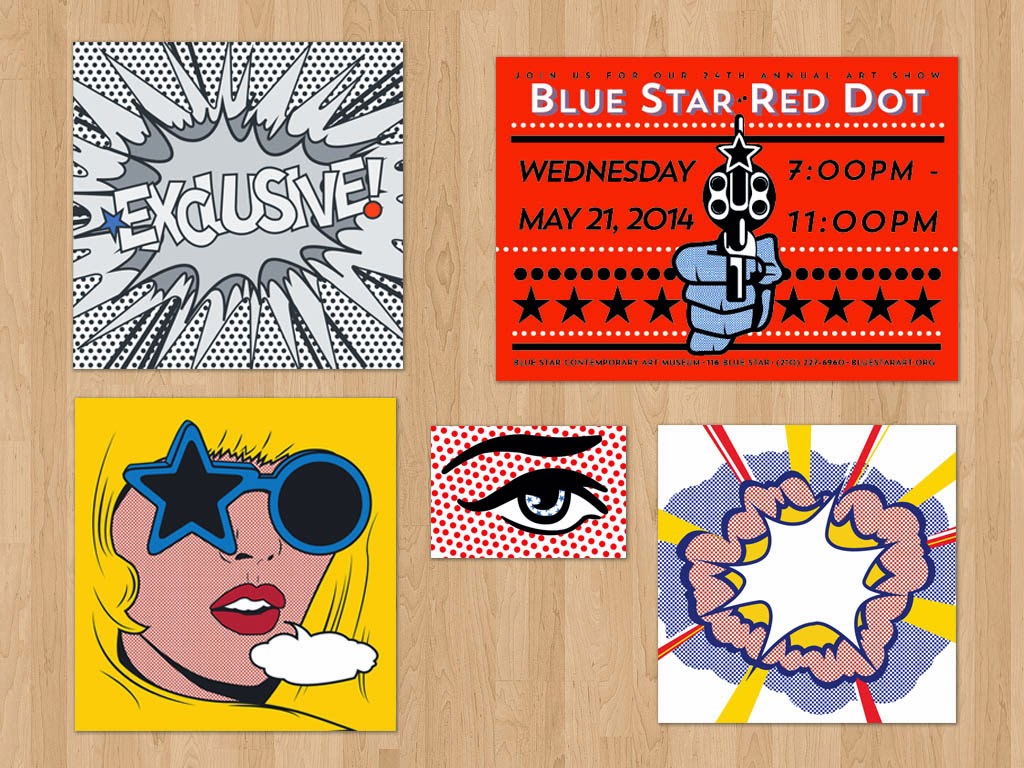Deciding to be an Art History minor in college was certainly a defining moment at the time. Having accidentally "snuck" into an upper-level Abstract Expressionism class through a registration glitch (with 4 other senior level Art History MAJORS), my professor casually offered up that I should also be an art history major. You know, since I was holding my own and all. Since I was already a Studio Art and Communications double major, I settled for the minor. I've just always been such a slacker.
The things I've learned and the love it sparked will always provide an unmatched hunger to learn more. Through art and it's creators I have seen the world. I have seen wars, hunger, opulence, empires rise and fall, and revolution ignite change. I have a deeper and more personal understanding of cultural histories through art. Bringing this often unknown perspective to the table (or bar, or casual water cooler conversation) has proven extremely interesting. From the day I first understood Guernica, to the day I brought in a postcard print of L'origin du Monde back from Paris (for my boss.. might I add..), art and it's vibrant, all-encompassing history has enriched me in ways I will forever be better for.
Now, when the incredibly rare opportunity presents itself to couple my love for art history with my love for great graphic design, I jump (and how high?)
I've had the honor and the great privilege of working with San Antonio's Blue Star Contemporary Art Museum on their Blue Star Red Dot Gala materials - an annual event and art sale. The task this year was bringing pop art into the design of the materials. When one hears the words "pop art" perhaps you immediately think "Andy Warhol". Luckily, I heard "pop art" and got to bring in Lichtenstein. Many will recognize the style, but fewer know about the man behind the sometimes comic-esque pieces.
Roy, alongside our good friend Andy, was an American Pop artist in the 1960s who's mediums included not only paint, but also lithography and sculpture. His work uses heavy black outlines and primary colors typical of 1950s comic books. Instead of shading, he uses lines and dots to create imagery and control the "density and tone" for printing purposes. Lichtenstein's pieces were widely influenced by commercial advertising and "ironically incorporated into his highly sophisticated references to art history".
Using various Lichtenstein pieces (and Lichtenstein's cheeky way of using his art as a medium for more sophisticated art history messaging) as inspiration, I enjoyed re-imagining and illustrating some concepts for a new purpose. Since the final version has just recently gone to print, without giving anything away - here's a glimpse of some different concepts in various stages.
This project has served as a reminder I'm always in need of: never let yourself forget to have fun doing what you love. I used to paint, just for myself, and really enjoyed it. With zero extra time and zero extra room (both issues I am working to alleviate), it's probably been over a year since I picked up a brush. Maybe using Lichtenstein as a reference point I can focus more on graphic design and print as a medium for pure art, not just announcements or invitations, instead of paint and a canvas?


